
There are literally hundreds of breeds of chickens and each is unique in their own way. These are ten breeds of chickens we’ve found to be good for children who are just getting into farming on a small or back yard scale. This is not a “TOP TEN” list and there are certainly more great chicken breeds that are great with kids. This is simply a list of ten chicken breeds you may consider for young farmers.
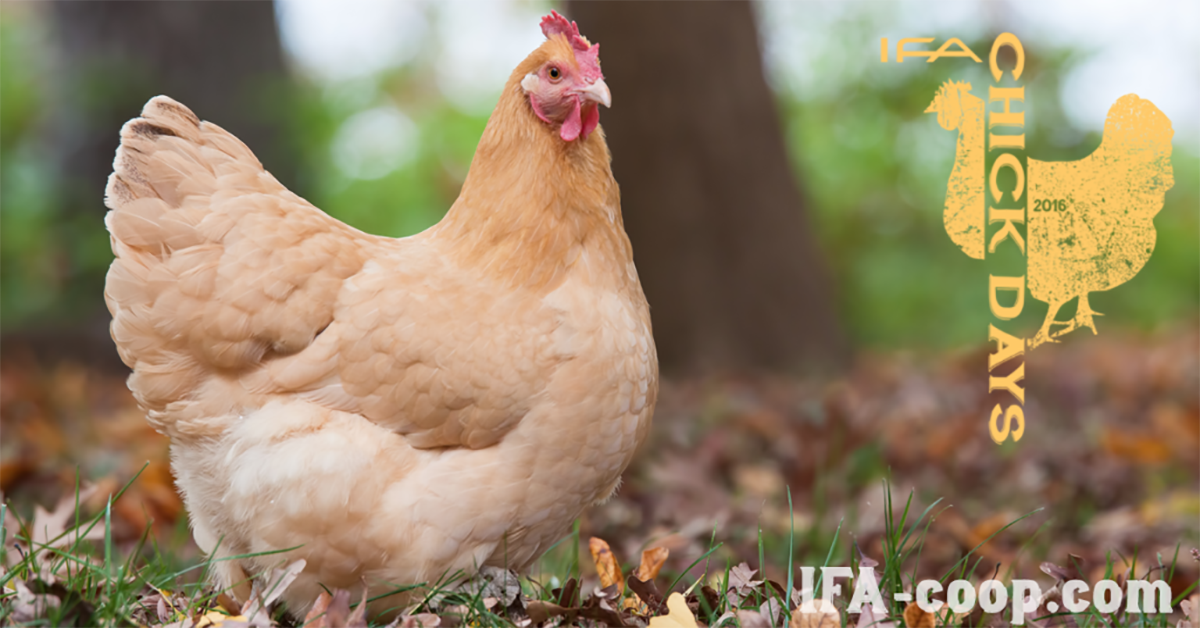
1. Buff Orpington
Sometimes referred to as “the golden retrievers of the chicken world,” Buff Orpington chickens originally from England, are a large, friendly breed golden colored feathers. They are lovable, curious and enjoy being held (just remember the importance of washing your hands after handling your birds, their food and their surroundings).
While Buff Orpington’s handle confinement well, it is always preferable to give any chicken breed room move about. A clean coop and a decent run will keep these chickens happy and productive with laying eggs.
Buff Orpington hens may have a tendency to “go broody” which means that they stop producing eggs for food, and become protective of their eggs and nesting box. They want to become a mother and raise new chicks. This can can be a fascinating experience for children to witness, but you shouldn’t expect egg production for your hen if she goes goes broody.
Typically, Buff Orpington hens will lay three eggs per week. Their eggs are brown in color and large in size.

2. Brahma
Brahma chickens come in regular or bantam sizes. They are friendly, tend not to be skittish and can even be trained. They are good chickens for children to raise for show and have an attractive, unique look with white feathers over their body and head, and black feathers around their neck and tail, and actually come in a variety of other colors as well, and they have feathers on their feet.
While their size may be intimidating at first to small children, they are remarkably gentle. Brahma’s don’t mind being handled (again, remember to wash afterwards) and are more docile than other breeds, even Brahma roosters are relatively calm and docile.
Brahma hens lay generally lay three brown eggs per week. Their thick feathering makes them cold hardy and they can continue laying during the winter with the right care and feeding.

3. Plymouth Rock
Plymouth Rock chickens were developed by breeders in England in the nineteenth century. They continue to be a popular breed today, especially in that region. They have black and white striped feathers, giving them a somewhat speckled zebra look.
These chickens are known for their long lifespan, and for getting along well with other pets and people. They are sweet, mellow birds who very trusting and great around children.
Plymouth Rocks are always curious, they love to check out their environment and prefer to free-range whenever possible. These hens will definitely follow you around the yard in the hopes of getting some treats.
Plymouth Rocks are a standard size chicken that can lay four or five eggs with a pinkish/brown color in a single week.

4. Cochin
Both Cochins and Silkies (which we’ll talk about later) got their origins in China. They have fluffy feathers completely covering their entire body, including their feet; some Cochins even have curly “frizzled” feathers. Cochins have a single, five-point comb and can be found in as many as eight different colors and two sizes, standard or Bantam.
Cochin hens are typically quiet, hardy, exceptionally calm and friendly birds, although bantam Cochin roosters can be aggressive and territorial. These birds are so mellow and lazy that they are prone to obesity so you may need to ration their food instead of free-choice feeding.
Cochins can live their entire life in a chicken coop, but do moderately well roaming free range. However, their large bodies make them easy prey for predators, so they should always be kept in a secure area.
Not the highest producing layer breed, a Cochin hen may produce up to three eggs per week.
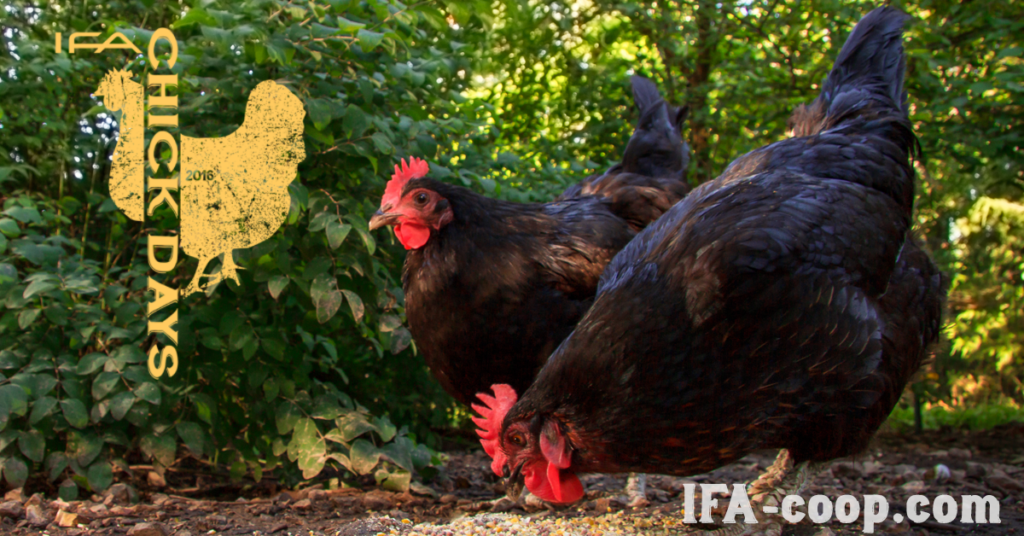
5. Australorp
Australorp chickens are black in color and hail from Australia, where they are the honorary national bird. Their feathers have an iridescent green color that shimmers in the sun. As these birds age, their feathers may develop a slight brown/gray speckle towards the tips.
Australorp hens often become the top of the flock as they establish a slight dominance who display a bit of a homebody nature that makes them suitable for confinement. However, they like to get out and stretchy their legs in a 'stately' walk while free-ranging in search of bugs and other tasty treats. Australorps are known for following their owners around if there are treats to be had.
These chickens are outgoing, curious and friendly birds, and are great layers generally producing five medium/large brown eggs each week.
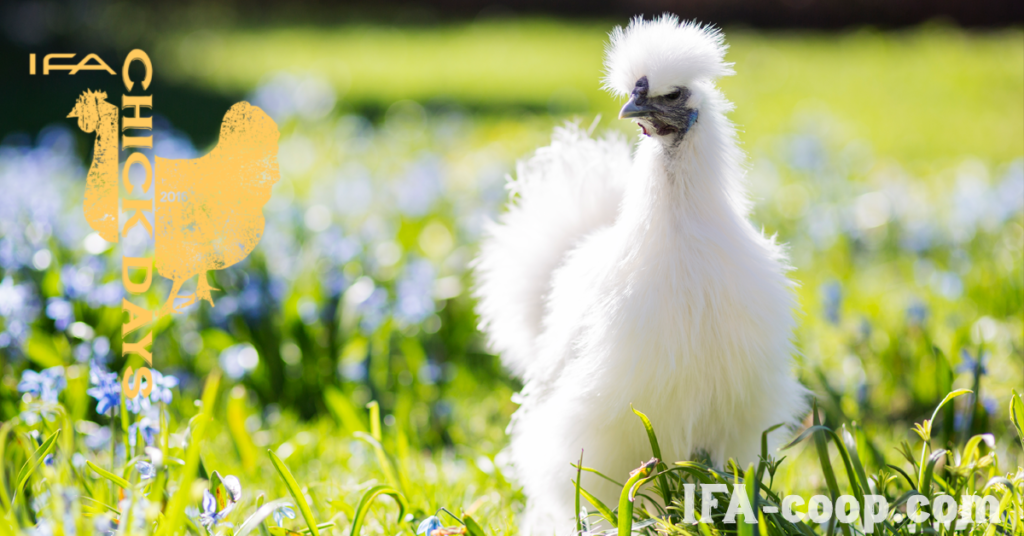
6. Silkie Bantam
Another chicken breed from China is the Silkie Bantam (bantam means small). Marco Polo described this "furry chickens" breed in the thirteenth century after a visit to China.
Silkie Bantams are very lightweight, small and easy to handle. Their docile nature makes them excellent pets and they are often exhibited at poultry shows due to their unique appearance.
The most noticeable unusual feature of Silkie chickens are their feathers, which are fluffy like fur and give the bird a distinctive pouf on the top of their head. Their feet, which have five toes, are also covered in these fluffy feathers and have black skin, instead of the typical four toes and yellow-skin feet like most other breeds.
Silkies go broody more often than not, making them a very calm pet bird but very poor layers for egg production. When a Silkie hen is laying, you can get up to three eggs a week with a cream, white or sometimes pinkish color that are about half the size of a standard egg.
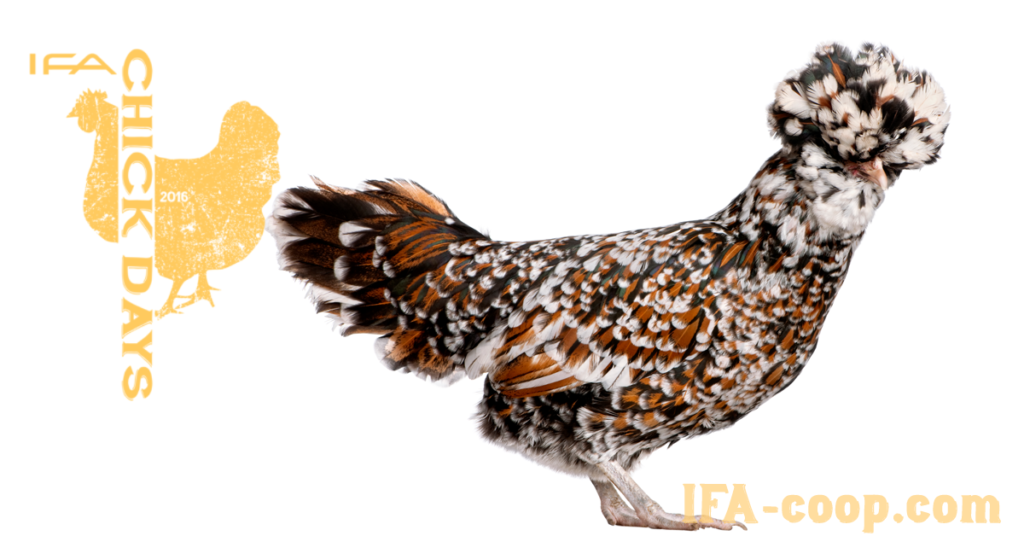
7. Polish
Polish breed chickens are another striking breed with a pom-pom headdress of poofy feathers. Due to their individual appearance, these birds are often exhibited at poultry and agricultural shows.
While definitely distinctive, this excessive feather pouf can cause problems with vision or become a target for other chickens in the roost who may wish to establish a "pecking order". Fortunately, these feathers can be trimmed and when Polish hens are raised with other breeds, there is generally not a problem with hen-yard bullying.
Polish hens are excellent birds for children to learn with since they are gentle, easy to handle and very easy-going. They don't mind frequent handling and cuddling, making them a great option for families with young kids.
The Polish comes in both bantam and standard sizes, and are kept more for their looks than their egg-laying skills. Two eggs per week is lucky yield with Polish chickens.
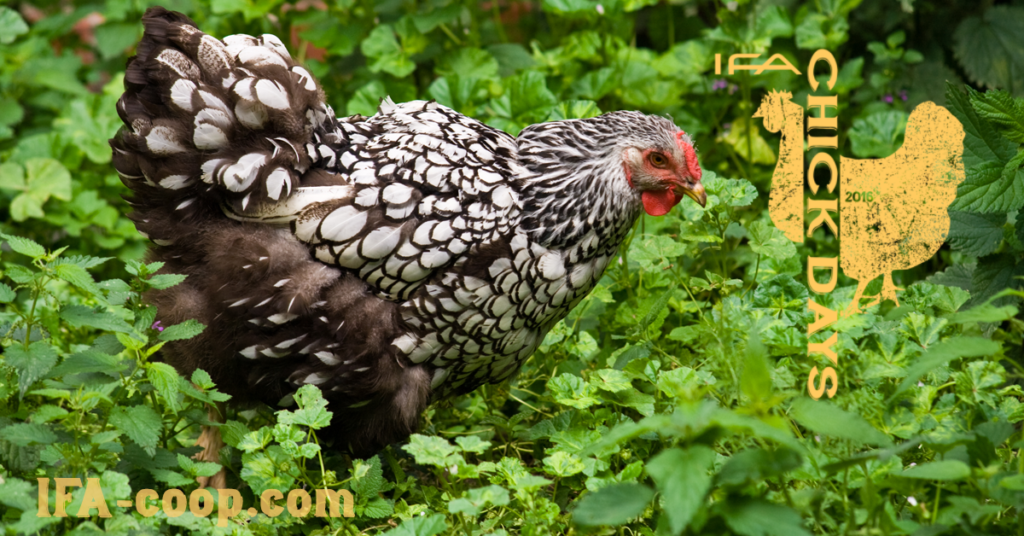
8. Silver or Golden Laced Wyandotte
The Silver or Golden Laced Wyandotte is a beautiful breed of chicken that was developed in the United States. Although the Silver and Golden colors are most common, these birds come in many colors.
This breed is more suitable for colder regions as it’s rose-style comb is less prone to frostbite, which can be a problem for some breeds. The Silver or Golden Laced Wyandotte is a smaller breed with the hens reaching an average of about six pounds.
Wyandottes are know for their strong personalities and talkative nature. They are friendly and docile with their keepers, making them good around kids, but they aren't lap chickens who enjoy cuddling. While not aggressive or bullies, Wyandottes won't tolerate other birds trying to pick on them and tend to prefer their own kind.
These hens make great moms, and are good layers producing 4-5 eggs a week. Their eggs have a pale brown color.

9. Faverolle
Faverolle chickens have five toes (like Silkies) and are known for their feathered beard and “muffs” (fluffy cheek feathers). They are French in origin and come in a variety of colors, the most common color being Salmon.
These birds are the jokers of the yard with their comical, curious and happy temperament. Faverolles love cuddling and talking with their owners. Sweet, gentle and lovable, these birds make excellent pets and are an outstanding choice for families and kids.
Faverolles will keep you smiling and laughing as they zoom around the yard, chatting their little beaks off. Additionally, they are good layers, producing around four eggs per week with a light, creamy brown color.

10. Easter Egger
Easter Egger. What a name for a chicken right? Makes you want that breed just for their name! But there are some other great reasons to raise Easter Egger chickens too.
Easter Egger chickens get their name from a genetic trait that causes their eggs to come in a variety of colors ranging in hues from pink, green, olive and blue. Collecting eggs from these hens can be a fun experience of discovery every morning.
Easter Egger’s are not actually an official breed of chicken as much as they are a type of chicken. They come in standard and bantam sizes and their ability to lay different colored eggs comes from having one parent that is either Americana or Araucana while the other parent can be another breed.
Easter Egger hens lay around four eggs a week and are friendly birds that are good with kids and fun to raise and care for.
Honorable Mention: Rhode Island Red
A more popular breed you may be surprised not to see on the top list is the Rhode Island Red. Rhode Island Red’s are a great breed and are hardy, reliable egg producers great for supplying your families needs of delicious and nutritious eggs, but they can become dominant in a coop with other breeds. For that reason, we recommend keeping Rhode Island Reds with other Rhode Island Reds, or similar birds of a feather.
This list has not been put in any particular order and not all breeds listed here are available at your IFA Country Stores. Our goal is provide ideas and suggestions as a basis for your own research and ultimate decision for what’s best for you and your coop.










